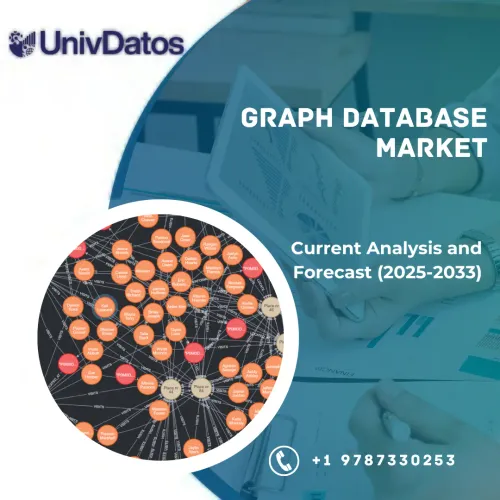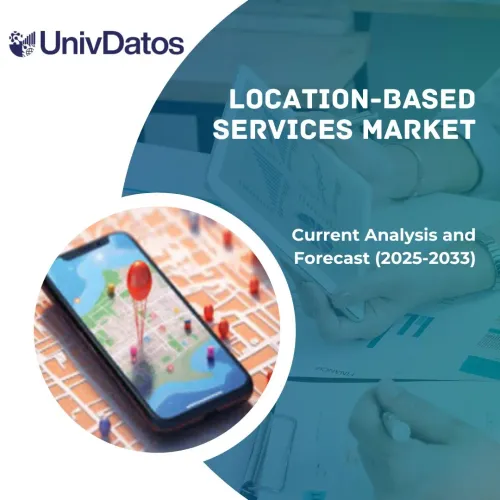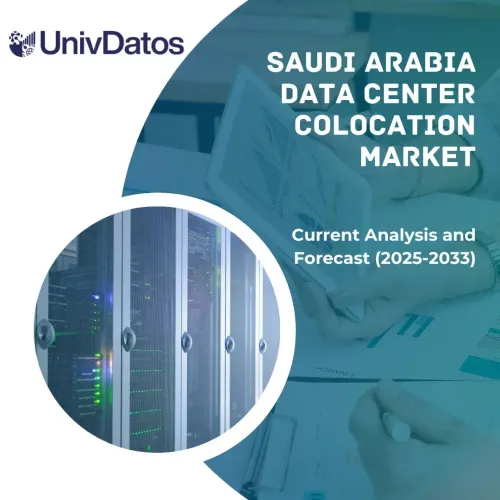- Home
- About Us
- Industry
- Services
- Reading
- Contact Us
Telecom API Market: Current Analysis and Forecast (2023-2030)
Emphasis on Type (Presence Detection, Location Determination Data, Others); Service (SMS, Payment API, Location API, Others); End-Users (Enterprise, Internal Telecom Developer, Others) and Region/Country
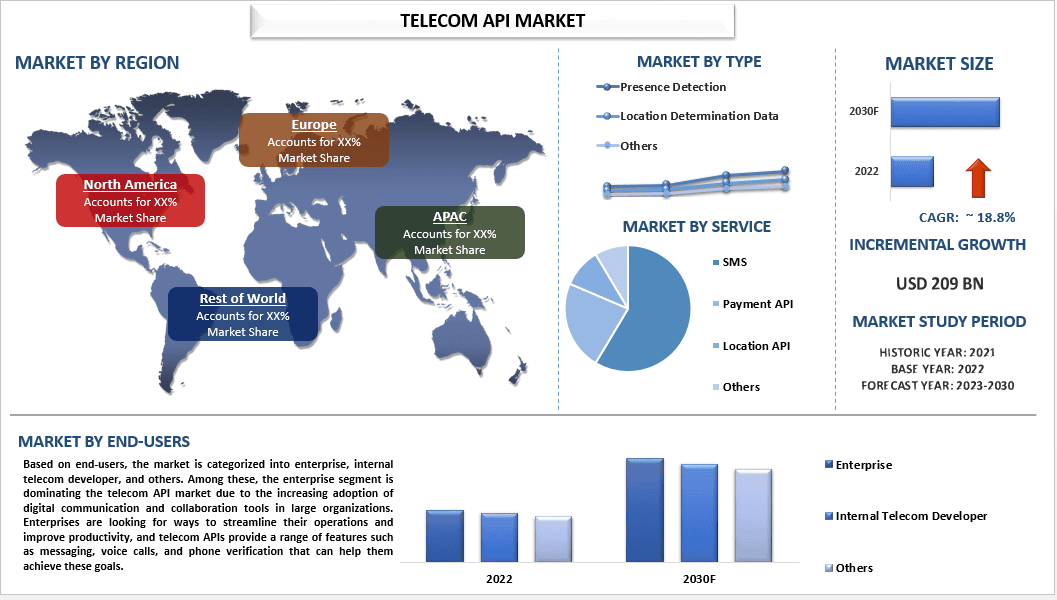
The Telecom API Market was valued at 209 billion in 2022 and is expected to grow at a steady rate of around 18.8% in the forecasted period (2023-2030) owing to the increasing demand for mobile data and the rise of digital communication. The telecom API market refers to the industry of providing application programming interfaces (APIs) for telecommunications services. These APIs enable developers to integrate telecom functionality into their own applications, such as messaging, voice calls, and phone verification. Increased investment in digital transformation is further driving the market as many businesses are investing in digital transformation initiatives, which require the use of telecom APIs to support the infrastructure and communication needs. For instance, the Indian government has set aside INR 10,000 crore (USD 1.4 billion) for its Digital India initiative, which aims to promote digital literacy, increase internet penetration, and enhance digital infrastructure in the country.
Some of the major players operating in the market include Verizon Communications Inc.; Google; Telefónica S.A.; TWILIO INC.; AT&T Intellectual Property, Infobip Ltd; Sinch (CLX Communication); Cisco Systems, Inc; Huawei Technologies Co., Ltd; LocationSmart.
Insights Presented in the Report
“Among type, the presence detection segment is experiencing a surge demand in the market during forecast period.”
Based on type, the market is segmented into presence detection, location determination data, and others. Among these, the presence detection segment is experiencing a surge in demand due to the increasing adoption of cloud-based services and the growth of e-commerce. As more businesses move their operations to the cloud, they require APIs that can provide information about the availability or presence of their customers. This is driving the demand for presence detection APIs, which enable businesses to know whether their customers are online or offline.
“Amongst services, SMS category is generating high revenue market during the forecast period.”
Based on services, the market is segmented into SMS, payment API, location API, and others. Among these, the SMS segment is generating high revenue for the telecom API market due to its widespread use in various industries such as banking, finance, and e-commerce. Also, the increasing adoption of digital payments and online transactions has driven the demand for SMS APIs. For instance, according to the Reserve Bank of India, the value of digital payment transactions in India increased by 43% in 2020 compared to the previous year, reaching a total of 1.4 billion transactions worth INR 2.2 lakh crore (USD 32 billion). Additionally, the growth of e-commerce and m-commerce has further fueled the demand for SMS APIs, as businesses look to communicate with their customers and provide them with updates on their orders and deliveries.
Telecom API Market Report Coverage
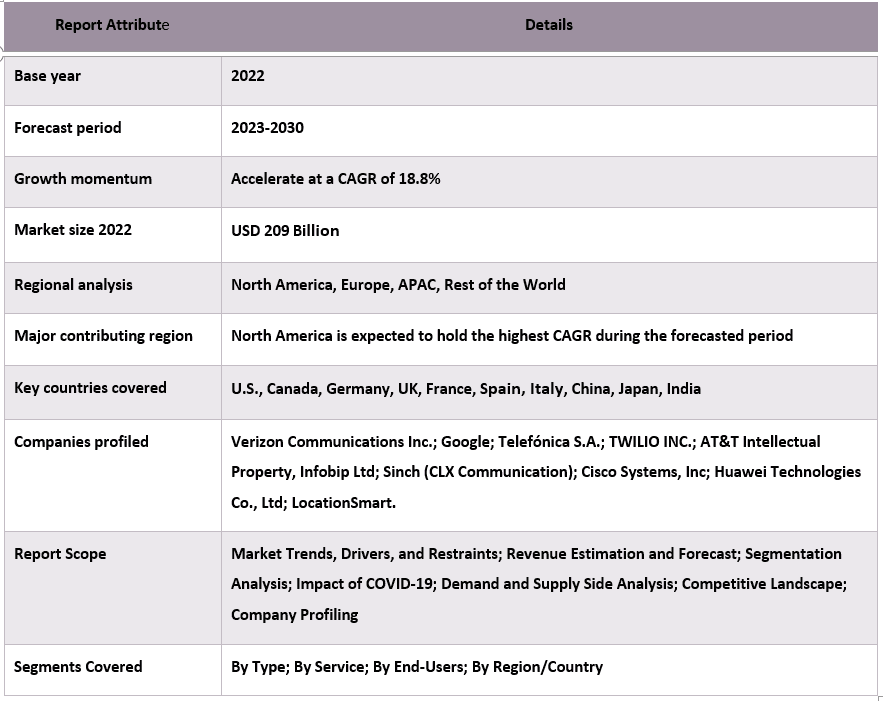
“North America to hold a significant share in the market.”
The North America region is expected to experience significant growth in the telecom API market due to the increasing adoption of digital communication and collaboration tools in various industries such as e-commerce, finance, and healthcare. The United States and Canada are driving the growth of the market, with a focus on advanced features such as real-time communication, personalized customer experience, and automation. Furthermore, the increasing adoption of digital communication and collaboration tools in various industries such as e-commerce, finance, and healthcare are driving the demand for telecom APIs in the North America region. For instance, according to a report by the Canadian Internet Registration Authority (CIRA), 83% of Canadians use the internet for online shopping, with 54% making purchases online at least once a week.
Reasons to buy this report:
- The study includes market sizing and forecasting analysis validated by authenticated key industry experts.
- The report presents a quick review of overall industry performance at one glance.
- The report covers an in-depth analysis of prominent industry peers with a primary focus on key business financials, product portfolio, expansion strategies, and recent developments.
- Detailed examination of drivers, restraints, key trends, and opportunities prevailing in the industry.
- The study comprehensively covers the market across different segments.
- Deep dive regional level analysis of the industry.
Customization Options:
The global Telecom API Market can further be customized as per the requirement or any other market segment. Besides this, UMI understands that you may have your own business needs, hence feel free to contact us to get a report that completely suits your requirements.
Table of Content
Research Methodology for the Telecom API Market Analysis (2023-2030)
Analyzing the historical market, estimating the current market, and forecasting the future market of the global Telecom API Market were the three major steps undertaken to create and analyze the adoption of Telecom API in major regions globally. Exhaustive secondary research was conducted to collect the historical market numbers and estimate the current market size. Secondly, to validate these insights, numerous findings and assumptions were taken into consideration. Moreover, exhaustive primary interviews were also conducted, with industry experts across the value chain of the global Telecom API Market. Post assumption and validation of market numbers through primary interviews, we employed a top-down/bottom-up approach to forecasting the complete market size. Thereafter, market breakdown and data triangulation methods were adopted to estimate and analyze the market size of segments and sub-segments of the industry pertains to. Detailed methodology is explained below:
Analysis of Historical Market Size
Step 1: In-Depth Study of Secondary Sources:
Detail secondary study was conducted to obtain the historical market size of the Telecom API Market through company internal sources such as annual reports & financial statements, performance presentations, press releases, etc., and external sources including journals, news & articles, government publications, competitor publications, sector reports, third-party database, and other credible publications.
Step 2: Market Segmentation:
After obtaining the historical market size of the Telecom API Market, we conducted a detailed secondary analysis to gather historical market insights and share for different segments & sub-segments for major regions. Major segments are included in the report as type, service, and end-users. Further country-level analyses were conducted to evaluate the overall adoption of testing models in that region.
Step 3: Factor Analysis:
After acquiring the historical market size of different segments and sub-segments, we conducted a detailed factor analysis to estimate the current market size of the Telecom API Market. Further, we conducted factor analysis using dependent and independent variables such as various types, service, and end-users of Telecom API. A thorough analysis was conducted of demand and supply-side scenarios considering top partnerships, mergers and acquisitions, business expansion, and product launches in the Telecom API Market sector across the globe.
Current Market Size Estimate & Forecast
Current Market Sizing: Based on actionable insights from the above 3 steps, we arrived at the current market size, key players in the global Telecom API Market, and market shares of the segments. All the required percentage shares split, and market breakdowns were determined using the above-mentioned secondary approach and were verified through primary interviews.
Estimation & Forecasting: For market estimation and forecast, weights were assigned to different factors including drivers & trends, restraints, and opportunities available for the stakeholders. After analyzing these factors, relevant forecasting techniques i.e., the top-down/bottom-up approach were applied to arrive at the market forecast for 2030 for different segments and sub-segments across the major markets globally. The research methodology adopted to estimate the market size encompasses:
- The industry’s market size, in terms of revenue (USD) and the adoption rate of the Telecom API Market across the major markets domestically
- All percentage shares, splits, and breakdowns of market segments and sub-segments
- Key players in the global Telecom API Market in terms of products offered. Also, the growth strategies adopted by these players to compete in the fast-growing market.
Market Size and Share Validation
Primary Research: In-depth interviews were conducted with the Key Opinion Leaders (KOLs) including Top Level Executives (CXO/VPs, Sales Head, Marketing Head, Operational Head, Regional Head, Country Head, etc.) across major regions. Primary research findings were then summarized, and statistical analysis was performed to prove the stated hypothesis. Inputs from primary research were consolidated with secondary findings, hence turning information into actionable insights.
Split of Primary Participants in Different Regions
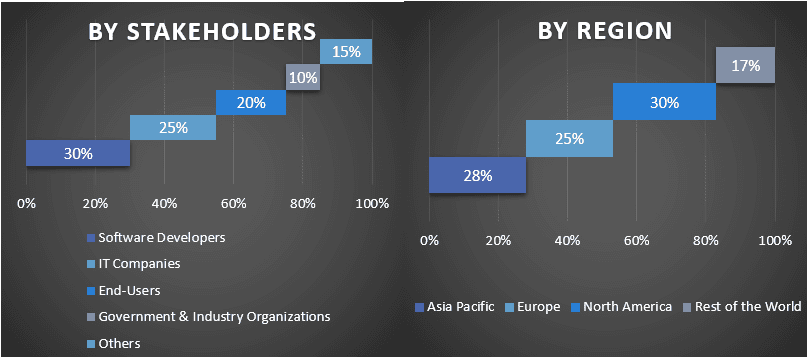
Market Engineering
The data triangulation technique was employed to complete the overall market estimation and to arrive at precise statistical numbers for each segment and sub-segment of the global Telecom API Market. Data was split into several segments & sub-segments post studying various parameters and trends in the areas of type, service, and end-users in the global Telecom API Market.
The main objective of the Global Telecom API Market Study
The current & future market trends of the global Telecom API Market were pinpointed in the study. Investors can gain strategic insights to base their discretion for investments on the qualitative and quantitative analysis performed in the study. Current and future market trends determined the overall attractiveness of the market at a regional level, providing a platform for the industrial participant to exploit the untapped market to benefit from a first-mover advantage. Other quantitative goals of the studies include:
- Analyze the current and forecast market size of the Telecom API Market in terms of value (USD). Also, analyze the current and forecast market size of different segments and sub-segments.
- Segments in the study include areas of type, service, and end-users.
- Define and analysis of the regulatory framework for the Telecom API industry.
- Analyze the value chain involved with the presence of various intermediaries, along with analyzing customer and competitor behaviors of the industry.
- Analyze the current and forecast market size of the Telecom API Market for the major region.
- Major countries of regions studied in the report include Asia Pacific, Europe, North America, and the Rest of the World.
- Company profiles of the Telecom API Market and the growth strategies adopted by the market players to sustain in the fast-growing market.
- Deep dive regional level analysis of the industry
Related Reports
Customers who bought this item also bought







